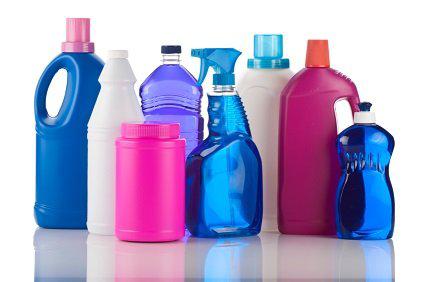
Detergent Analysis
Detergent Analysis
Contents
Detergent analyzes are laboratory tests to evaluate the composition, performance, environmental effects and potential health effects of detergents. These analyzes are carried out both to ensure the quality of the product and to comply with regulatory requirements.
Detergent analysis generally evaluates the following parameters:
1. *Physical Characteristics:*
- Intensity
- pH
- Viscosity
- Blur
- Resolution
2. *Chemical Composition:*
- Active surfactant concentration
- Spare amount of alkali or acid
- Concentrations of auxiliary ingredients (eg perfume, colouring, preservative)
- Potential pollutants or by-products
3. *Performance Tests:*
- Cleaning ability
- Foam formation and foam collapse rate
- Hard water tolerance
- The amount of residue remaining on the surface
4. *Toxicological and Biological Tests:*
- Skin and eye irritation tests
- Allergic reaction tests
- Biodegradability
5. *Environmental Impact Assessment:*
- Biodegradability tests
- Toxicity assessments (for aquatic organisms)
- Environmental accumulation of chemical components
These analyzes provide a detailed understanding of the detergent's components, performance and potential effects. Regulatory requirements for detergents may differ from country to country; it is therefore essential to check whether the product complies with the regulations of the region in which it is marketed.
Detergent analyzes can be performed in independent laboratories or in laboratories established by the manufacturer. Modern analytical instruments and methods ensure very precise and accurate results. These results are used in product development, quality control and product labeling.

